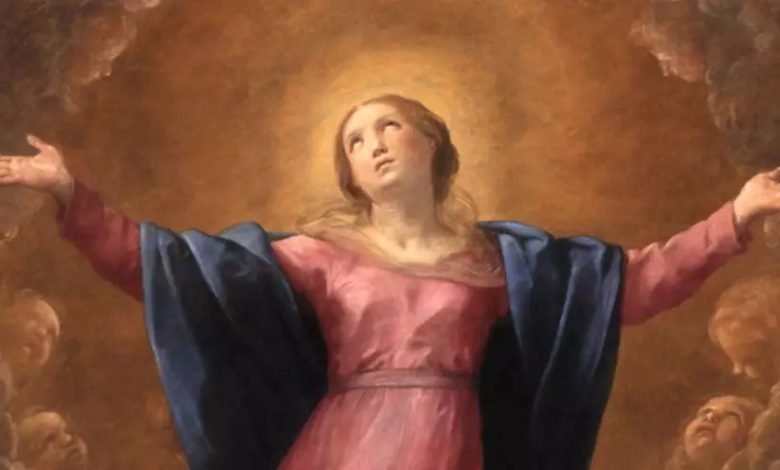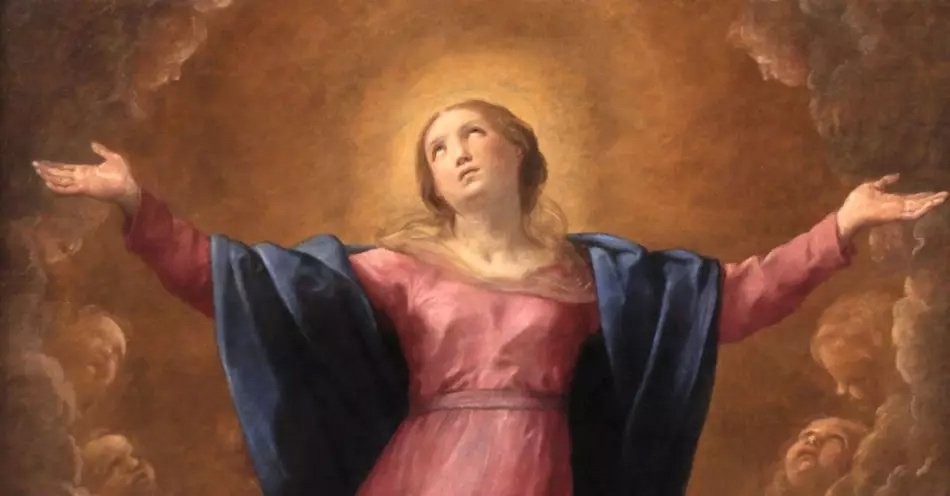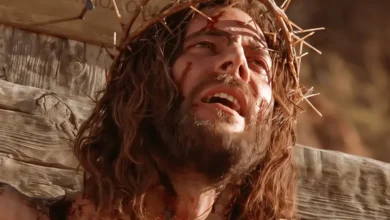
What Is the Assumption of Mary?
What is Assumption of Mary? In 1950, Pope Pius XII declared that, according to divine revelation, “the Holy Mother of Jesus Christ, the ever-virgin Mary, having passed the course of her earthly life, ascended body and soul into heavenly glory” (Pius XII, Munificentissimus Deus). Merciful God) 44).
The word “assume” comes from the Latin verb “assumere” which means “to assume”. The doctrine of the Assumption of the Blessed Virgin Mary states that Jesus Christ took his mother to heaven at the end of his life, just as Enoch and Elijah were taken to heaven body and soul at the end of their lives (Genesis 5:24; 2 Kings 2: 11).
In discussing the Assumption of the Blessed Virgin Mary, the Catholic Church teaches that Mary’s body was glorified immediately after her earthly life ended. Therefore, unlike other mortals who have to wait until the end of the world for their physical resurrection, Mary, as the mother of Jesus, received the divine gift of going to heaven body and soul after death.
It is important to note that the Assumption of the Blessed Virgin Mary is different from the Ascension of Jesus Christ. Jesus Christ ascended to heaven by his power. In contrast, Mary is believed to have been taken up to heaven by God.
The origins of the belief in the assumption of the Holy Mary
Although the Bible does not explicitly mention the Feast of the Assumption of the Blessed Virgin Mary (known in the Eastern Churches as the “Eternal Sleep of Mary”), Catholic clergy and laity have believed in it since the earliest centuries of Christianity. Pope John Paul II noted that the earliest references to the Assumption of the Virgin Mary date back to the second and third centuries, and there is a long tradition of religious iconography showing Mary entering heaven bodily.
Another old source related to the Assumption of the Blessed Virgin Mary is found in the writings of the 8th century AD by St. John of Damascus. There, St. John recounts that the Roman emperor Marcian requested possession of Mary’s body. St. Juvenal, then bishop of Jerusalem, replied that “Mary died in the presence of all the apostles, but her tomb, when opened at the request of St. Thomas, was found empty; Therefore, the apostles concluded that his body was taken to heaven.
The Assumption of the Blessed Virgin Mary remained a widely held belief for centuries until it was officially made part of the teachings of the Catholic Church in 1950 by Pope Pius XII.
The Holy Bible and the Assumption of Mary
Although the Bible does not specifically mention the Feast of the Assumption of the Blessed Virgin Mary, the Catholic Church teaches that the Bible provides the foundation for the belief in the Assumption of the Blessed Virgin Mary, which has existed for centuries.
The Gospel of John says in chapter 21, verse 25: “Jesus did many other things, that if they wanted to write them all in detail, I think that not even the whole world could contain the books that would be written.” Based on this verse, the Catholic Church argues that although the Bible does not mention Mary’s death or assumption, it indicates that other important events may have occurred that are not recorded in the Bible.
The Catholic Church believes that the Bible’s emphasis on Mary’s complete union with Jesus’ destiny as Savior is proof of the Assumption of Mary. This perfect union can be seen from the birth of Jesus until after his death, which is evident in the following:
Mary’s miraculous pregnancy of Jesus
Mary’s request to Jesus in his first miracle at Cana
Mary’s presence during the crucifixion of her son
Mary’s presence at Pentecost is after the death of Jesus
Therefore, the Catholic Church argues that Mary’s union with Jesus requires a continuation after death, meaning that as Jesus entered heaven body and soul, so did his mother.

The Catholic Church cites several passages of Scripture to further prove the assumption of the Virgin Mary, including the following seven:
1. The promise given in Genesis 3:15 and 1 Corinthians 15 that Eve’s seed will defeat Satan (or death). As the new Adam, Jesus rose and ascended into heaven as the final sign of this prophesied victory over death. Likewise, Mary, as the new Eve who had this enmity with Satan, was taken up body and soul to heaven to fulfill the prophecy that “death is swallowed up in victory.”
2. Exodus instructions for making the Ark of the Covenant out of cinnabar (a decay-resistant tree) and placing it in the temple (Exodus 25:10; 1 Kings 6:19). Since the wages of sin is death (Romans 6:23) and Catholics believe that Mary was absolved from original sin, the new fund that is Mary was exempted from the corruption of death. Also, just as the ark of the covenant of the old covenant was kept in the house of God on earth, the ark of the covenant of the new covenant in Mary was taken whole – body and soul – to the house of God in heaven.
3. Listing the contents of the Ark of the Covenant as: manna (heavenly bread), Aaron’s rod (symbol of Israel’s High Priest) and tablets containing the Ten Commandments (God’s Word) (Hebrews 9:4). Accordingly, Mary is the new ark that carried Jesus, the true heavenly bread, the high priest of the new covenant and the incarnate word of God.
The Holy Bible and the Assumption of Mary
4. Psalms 132:8 which says: “Arise, O Lord, and come to your resting place, you and the ark of your strength.” Since the Church considers Mary to be the Ark of the New Testament, it believes that she was taken to heaven, body and soul, in the same manner as Jesus.
5. Psalm 45:9 describes a queen or “royal bride” seated at the king’s right hand.
6. Chapter 12 of Revelation, which the Catholic Church believes refers to Mary as a woman clothed with the sun, the moon under her feet, and wearing a crown.
7. The universal Christian belief that all of us will one day be resurrected in a glorious form, “caught up with one another into heaven” and made perfect to be with God forever (1 Thessalonians 4:17; Revelation John 21:27). Since Mary was the first person to say “yes” to the good news of Jesus (Luke 1:38) and remained faithful to Christ even after his death and resurrection, she is seen as a perfect example for Christians. Catholics believe that Mary, as this ideal example of discipleship, prematurely received the promised blessing of bodily resurrection that will one day be given to all Christians.
Today in the article : What Is the Assumption of Mary? We reviewed useful information about the Bible and the way of Jesus. If you wish, you can view other articles of Ali Vahidi about Christianity





